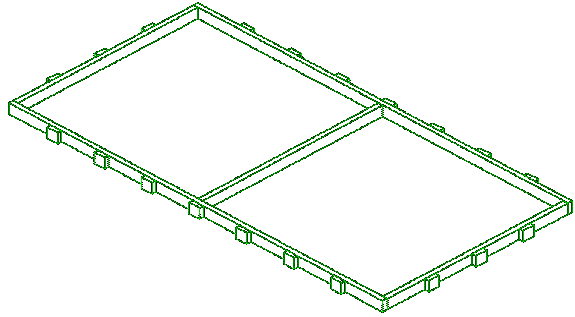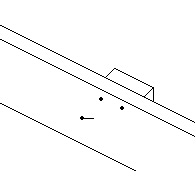
|
 |
| Articles |
 |
Walks and Slabs
|
 |
It may seem like a big job at first, but installing a walkway or slab can be done quickly and simply, with great results, if you have the proper materials, tools, and preparation. Once you're familiar with the work, you can make lots of improvements to your home; a walkway or slab can solve a variety of problems, including:
- Damaged landscaping at entryways
- Muddy areas and puddles,
- Lack of room or storage for trash cans or lawn equipment
- An unfinished appearance to entry areas
Each of these projects can be built in a weekend.
Planning:
When beginning the installation of a walkway or any other home improvement project, planning is the most important step. Think about the what benefits you want from your new walk, and plan it's location carefully. Consider the size, shape, and path you want. Consider garden areas that may border the walk and plan accordingly.
Preparing The Area
Preparing the ground on which the walk or slab will lie is essential. Most problems with cracking or shifting can be traced to poor ground preparation. Make sure you:
- Remove all rocks, grass, roots and other obstructions.
- Fill in and compact all soft spots with a granular material likes sand, gravel, or crushed stone.
- Rake the area until smooth and even.
Designing The Walkway Or Slab
The most convenient width for a home walkway is 3 to 4 feet. The size of your slab will depend upon it's use and location. For your walk, a depth of 3 1/2 to four inches is suggested.
Setting the Form

|
|
|




